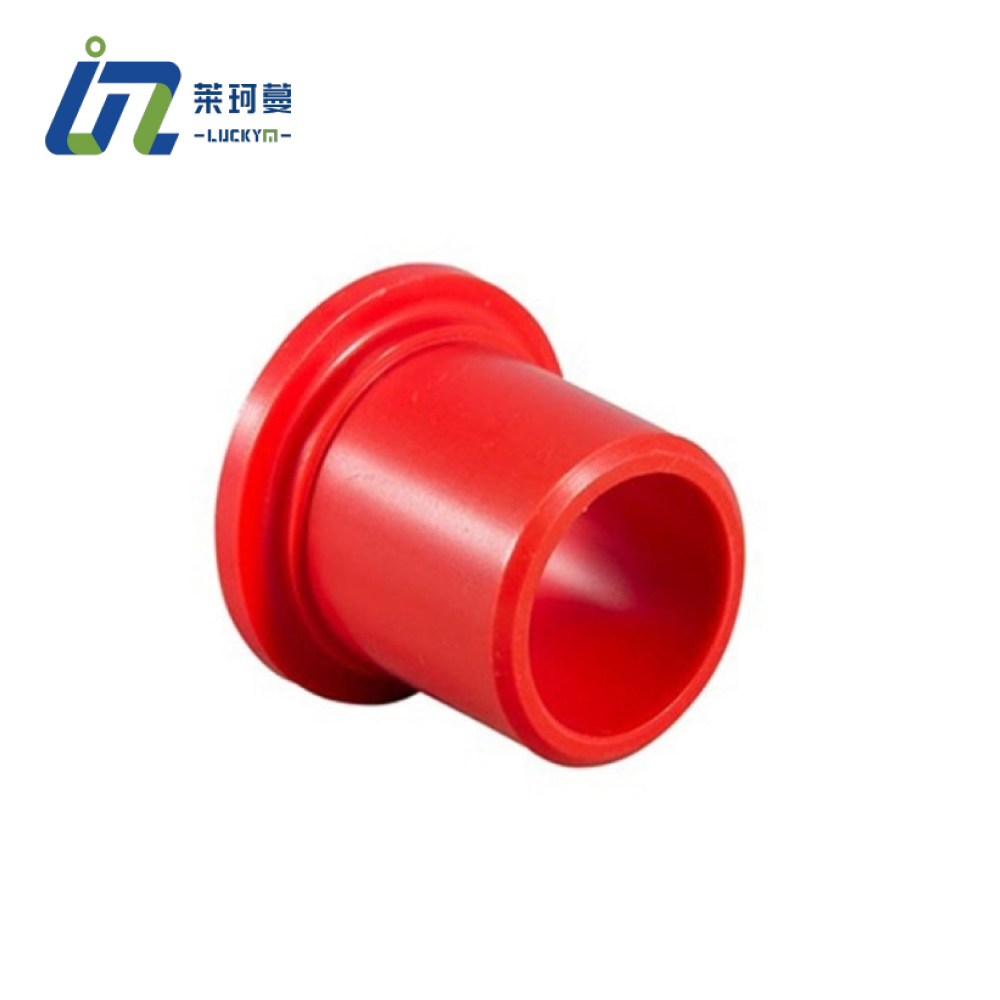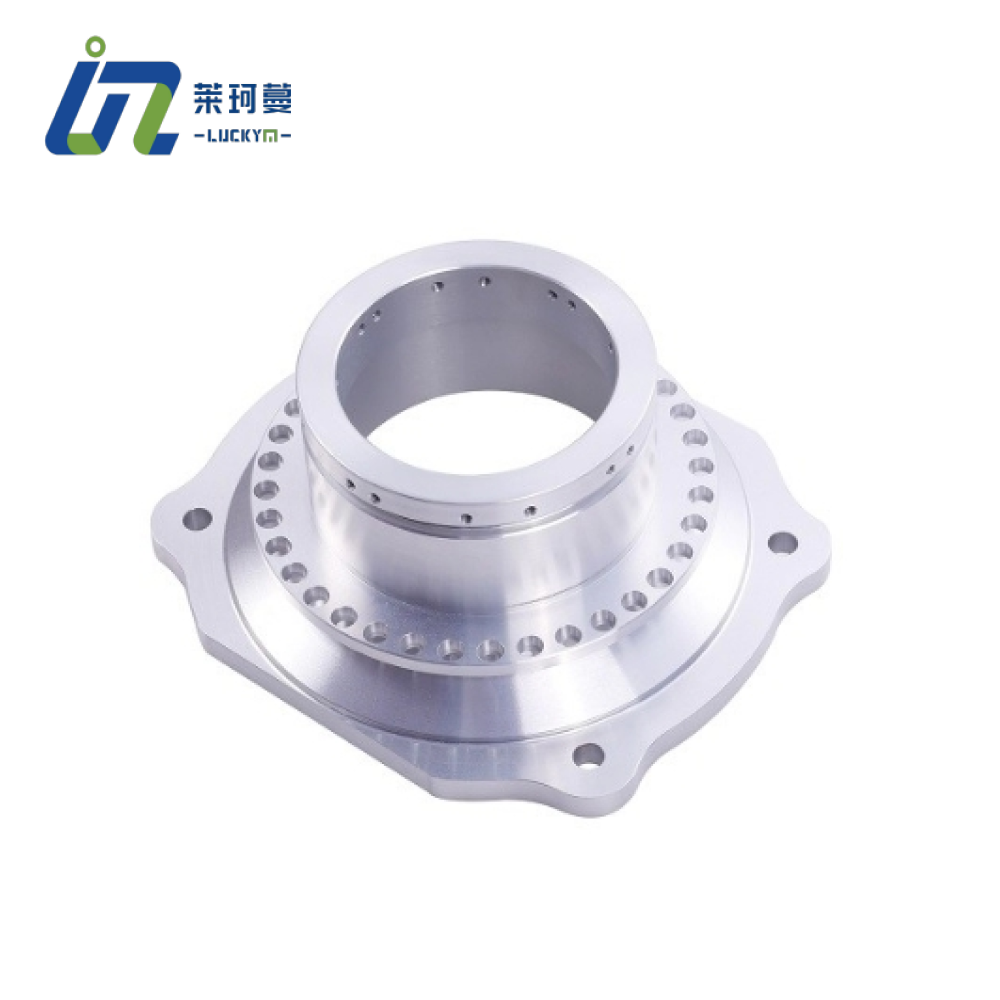What Is a CNC Machine and Why Is It So Important?
A CNC machine—short for Computer Numerical Control machine—is a powerful tool that uses computer programming to control the movement of cutting tools and other machinery. Unlike traditional machines that rely on manual operation, a CNC machine follows precise instructions from a digital file, ensuring every cut, drill, or shape is exactly as planned.Why is this important? Because CNC machines bring a new level of precision and consistency to manufacturing. Imagine making thousands of identical machine parts for cars or airplanes. With a CNC machine, every part comes out just right, every time. This level of accuracy is nearly impossible with manual methods.Key Features of CNC Machines:
- Automated control: Reduces human error and increases safety.
- Repeatability: Produces identical parts in large quantities.
- Versatility: Works with metals, plastics, and more.
Table 1: Manual vs. CNC Machine Comparison
| Feature | Manual Machine | CNC Machine |
|---|---|---|
| Precision | Moderate | High |
| Speed | Slower | Faster |
| Repeatability | Low | Excellent |
| Labor Required | High | Low |
| Complexity | Limited | Advanced Geometries |
Quote:
“CNC machines have revolutionized the way we manufacture products, making high precision and efficiency the new standard.”
How Does Precision Shape Modern Manufacturing?
Precision is the secret ingredient that makes modern products reliable, safe, and high-performing. In manufacturing, precision means making sure every part fits perfectly, works smoothly, and lasts a long time.Why does precision matter?
- Safety: Airplane and car parts must meet strict standards to keep people safe.
- Performance: Electronics and medical devices need tiny, exact components to function.
- Cost Savings: Less waste and fewer mistakes mean lower costs.
Precision in Action:
Think about a smartphone. The camera lens, buttons, and even the charging port all rely on precision machining to fit and work together perfectly.List: Benefits of Precision in Manufacturing
- Reduces product failures
- Improves product quality
- Increases customer satisfaction
What Is CNC Precision Machining and How Does It Work?
CNC precision machining is a process where a CNC machine removes material from a workpiece to create a part with exact dimensions. The process starts with a digital design, which the CNC machine follows to cut, drill, or shape the material.How does it work?
- Design: Engineers create a 3D model using CAD (Computer-Aided Design) software.
- Programming: The design is converted into a set of instructions (G-code) for the CNC machine.
- Machining: The CNC machine uses a cutting tool to shape the material, following the programmed path.
Key Terms:
- CNC milling: Uses rotating cutters to remove material.
- CNC lathe: Spins the workpiece while a cutting tool shapes it.
- Machine tool: Any powered device used to shape or form materials.
Visual Element:
Insert a diagram showing the flow from CAD design to finished part.Quote:
“CNC precision machining ensures every part meets the highest standards, from the first to the thousandth piece.”
Exploring the Precision Machining Process: Step by Step
The precision machining process involves several steps to turn raw material into a finished, high-precision part.Step 1: Material Selection
Choosing the right material is crucial. Metals like aluminum, steel, and titanium are common, but plastics like ABS and PEEK are also used.Step 2: Programming the CNC Machine
The digital design is translated into machine code, telling the CNC machine exactly how to move.Step 3: Machining
The CNC machine uses a cutting tool, such as a milling cutter or drill, to remove material. The process may involve:
- CNC milling: For flat or complex shapes
- CNC turning: For round or cylindrical parts
- Drilling and grinding: For holes and smooth finishes
Step 4: Inspection and Quality Control
Finished parts are measured to ensure they meet tight tolerances—sometimes as precise as ±0.004 mm!
Table 2: Typical Tolerances in Precision Machining
| Tolerance Type | Range (mm) | Application Example |
|---|---|---|
| Standard | ±0.1 | General machine parts |
| Tight | ±0.01 | Aerospace, medical devices |
| Ultra-precision | ±0.0025 | Microelectronics |
What Are the Different Types of CNC Machines?
There are many types of CNC machines, each designed for specific tasks. Here are some of the most common:
- CNC Milling Machine: Uses rotating cutters to shape materials. Great for complex parts.
- CNC Lathe: Spins the workpiece for making round parts like shafts and bushings.
- CNC Drilling Machine: Creates precise holes in materials.
- CNC Laser Cutting Machine: Uses a laser to cut or engrave materials with high precision.
- CNC Plasma Cutting Machine: Cuts through metals using a jet of ionized gas.
- CNC Grinding Machine: Achieves smooth finishes and precise dimensions.
- CNC Electric Discharge Machine (EDM): Uses electrical sparks to shape hard metals.
- CNC Router: Ideal for softer materials like wood and plastics.
- 5-Axis CNC Machine: Moves in five directions for complex shapes in one setup.
- CNC Waterjet Cutting Machine: Uses high-pressure water to cut materials sensitive to heat.
Table 3: Types of CNC Machines and Their Applications
| CNC Machine Type | Main Use | Typical Materials |
|---|---|---|
| CNC Milling Machine | Complex shapes, molds | Metals, plastics, wood |
| CNC Lathe | Cylindrical parts | Metals, plastics |
| CNC Laser Cutter | Thin, precise cuts | Metals, plastics, wood |
| CNC Plasma Cutter | Heavy-duty metal cutting | Steel, aluminum |
| CNC EDM | Hard metals, molds | Tool steel, titanium |
| CNC Router | Woodworking, signage | Wood, plastics |
| 5-Axis CNC | Aerospace, medical parts | Metals, composites |
| CNC Waterjet | Heat-sensitive materials | Rubber, leather, glass |
Quote:
“Each type of CNC machine brings unique strengths to the manufacturing process, making it possible to create everything from car engines to custom jewelry.”
Types of Precision CNC: Which One Fits Your Needs?
When it comes to types of precision CNC, the choice depends on the part’s complexity, material, and required accuracy.Common Types:
- 3-Axis CNC: Moves in three directions (X, Y, Z). Good for simple parts.
- 4-Axis CNC: Adds rotation, allowing for more complex shapes.
- 5-Axis CNC: Moves in five directions, perfect for intricate, high-precision parts.
Precision CNC Machining Equipment:
Modern CNC machines come with advanced features like automatic tool changers, high-speed spindles, and real-time monitoring. These features boost both precision and efficiency.List: Choosing the Right Precision CNC
- Consider the part’s geometry
- Match the machine to the material
- Think about production volume
Visual Element:
Insert a chart comparing 3-axis, 4-axis, and 5-axis CNC capabilities.
What Makes High Precision CNC Machining So Special?
High precision CNC machining stands out because it can achieve extremely tight tolerances and complex shapes that manual methods simply can’t match.Key Advantages:
- Unmatched accuracy: Tolerances as tight as ±0.004 mm.
- Consistency: Every part is identical, even in large batches.
- Complexity: Can create intricate designs and features.
Why does this matter?
In industries like aerospace, medical, and electronics, even the smallest error can lead to big problems. High precision CNC machining ensures every part works perfectly, every time.Quote:
“High precision CNC machining is the gold standard for industries where failure is not an option.”
What Materials Are Suitable for Precision CNC Machining?
Precision CNC machining works with a wide range of materials, each chosen for its unique properties.Metals:
- Aluminum: Lightweight, strong, and easy to machine. Used in aerospace and automotive.
- Stainless Steel: Tough, corrosion-resistant. Ideal for medical and food equipment.
- Steel: Durable and strong. Used in machinery and automotive parts.
- Brass: Easy to machine, good for gears and valves.
- Titanium: Super strong and light. Used in aerospace and medical implants.
Plastics:
- ABS: Impact-resistant, used in prototypes and consumer goods.
- Polycarbonate: Clear and tough, used in electronics.
- POM (Delrin): Low friction, great for gears and bushings.
- Nylon: Flexible and strong, used for sliding parts.
- PEEK: High heat resistance, used in medical and aerospace.
Table 4: Common Materials for Precision CNC Machining
| Material | Key Properties | Typical Applications |
|---|---|---|
| Aluminum | Lightweight, corrosion-resistant | Aerospace, automotive |
| Stainless Steel | Strong, corrosion-resistant | Medical, food, marine |
| Steel | Durable, high strength | Machinery, automotive |
| Brass | Easy to machine, conductive | Gears, valves, fittings |
| Titanium | Strong, lightweight | Aerospace, medical implants |
| ABS | Impact-resistant | Prototypes, consumer goods |
| Polycarbonate | Clear, tough | Electronics, automotive |
| POM (Delrin) | Low friction, stable | Gears, bushings |
| Nylon | Flexible, impact-resistant | Sliding parts, bushings |
| PEEK | Heat-resistant, strong | Medical, aerospace |
Quote:
“Choosing the right material is just as important as choosing the right machine tool. It’s the foundation of every successful precision machining project.”
Applications of Precision Machining: Where Do We See It?
Precision machined parts are everywhere! From the cars we drive to the phones in our pockets, precision machining makes modern life possible.Industries That Rely on Precision CNC Machining:
- Aerospace: Engine parts, landing gear, and more.
- Automotive: Gearboxes, axles, custom parts.
- Medical: Surgical tools, implants, and devices.
- Electronics: Camera lenses, microchips, connectors.
- Defense: Radar systems, missile casings, weapon parts.
- Commercial: Consumer electronics, engine parts.
Case Study:
A leading bicycle manufacturer used precision CNC machining to create custom titanium parts, making their bikes lighter and stronger. In the medical field, CNC machines produce implants with perfect fits, improving patient outcomes
.List: Everyday Products Made with Precision Machining
- Smartphones
- Cars and trucks
- Airplanes
- Medical implants
- Home appliances
What Are the Advantages of High Precision CNC Machining?
High precision CNC machining offers many benefits over traditional methods:
- Greater Accuracy and Precision: Achieves tight tolerances and complex shapes.
- Consistency and Repeatability: Every part is identical, reducing waste.
- Higher Efficiency and Speed: CNC machines work fast and can run 24/7.
- Material Versatility: Works with metals, plastics, and composites.
- Reduced Labor Costs: Fewer operators needed, lowering costs.
- Improved Safety: Less manual handling means fewer accidents.
- Sustainability: Less material waste and energy use
Table 5: Advantages of High Precision CNC Machining
| Advantage | Impact on Manufacturing |
|---|---|
| High Precision | Better product quality |
| Consistency | Fewer defects, less waste |
| Speed | Faster production times |
| Versatility | More material options |
| Cost Savings | Lower labor and material costs |
| Safety | Safer work environment |
| Sustainability | Eco-friendly practices |
Quote:
“CNC precision machining is the future of manufacturing—combining speed, accuracy, and flexibility in one powerful package.”
FAQs About CNC Precision Machining
What is CNC precision machining?
CNC precision machining is a process where computer-controlled machines remove material from a workpiece to create parts with exact dimensions and tight tolerances. It’s used to make everything from car parts to medical devices
What are the most common types of CNC machines?
The most common types include CNC milling machines, CNC lathes, CNC drilling machines, CNC grinding machines, and CNC routers. Each is designed for specific tasks and materials
What materials can be used in precision CNC machining?
CNC machines can work with metals like aluminum, steel, brass, and titanium, as well as plastics like ABS, polycarbonate, and PEEK. The choice depends on the part’s function and environment
What are the main advantages of precision machining?
Precision machining offers high accuracy, repeatability, speed, material versatility, and cost savings. It’s ideal for industries that need reliable, high-quality parts
How do I choose the right CNC machining partner?
Look for experience in your industry, advanced equipment, and a strong track record of quality and reliability. Ask about their ability to meet tight tolerances and handle your specific materials
What challenges can arise in precision CNC machining?
Common challenges include tool wear, material selection, and maintaining tight tolerances. Working with an experienced CNC machine operator and using the right machining equipment can help overcome these issues
Summary: Key Takeaways on CNC Precision Machining
- CNC machines use computer control to deliver unmatched precision and consistency in manufacturing.
- Precision is essential for safety, performance, and cost savings in modern products.
- CNC precision machining can handle a wide range of materials and complex shapes.
- High precision CNC machining offers advantages like speed, efficiency, and sustainability.
- Applications span industries from aerospace to electronics and medical devices.
- Choosing the right machine tool and material is key to successful machining works.
- Staying updated with the latest CNC machining equipment and methods ensures top-quality results.
- Expertise and experience matter—work with trusted partners for the best outcomes.
Remember:
Precision isn’t just a buzzword—it’s the foundation of everything we rely on in today’s world. With CNC precision machining, the future of manufacturing is bright, efficient, and incredibly accurate!
Ready to learn more or start your next project? Reach out to a CNC machining expert and see how precision can transform your ideas into reality!


